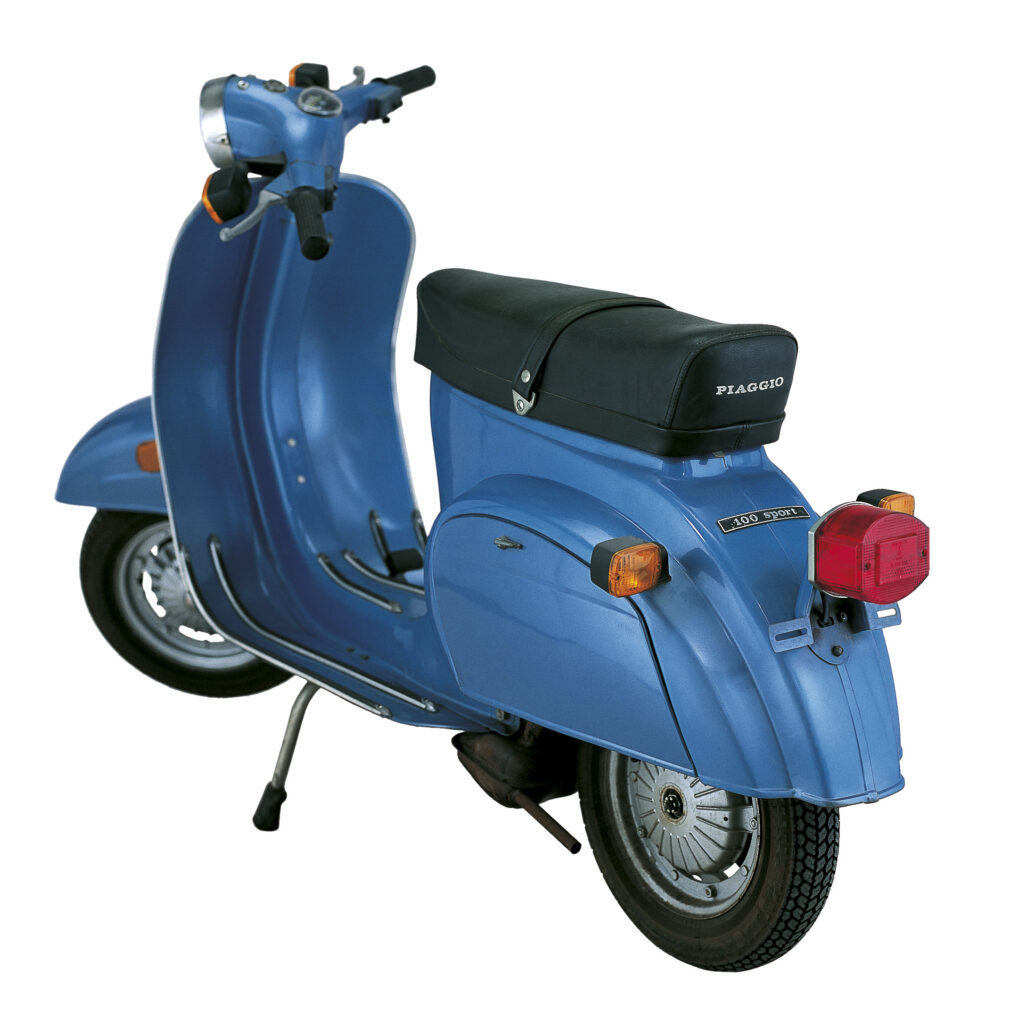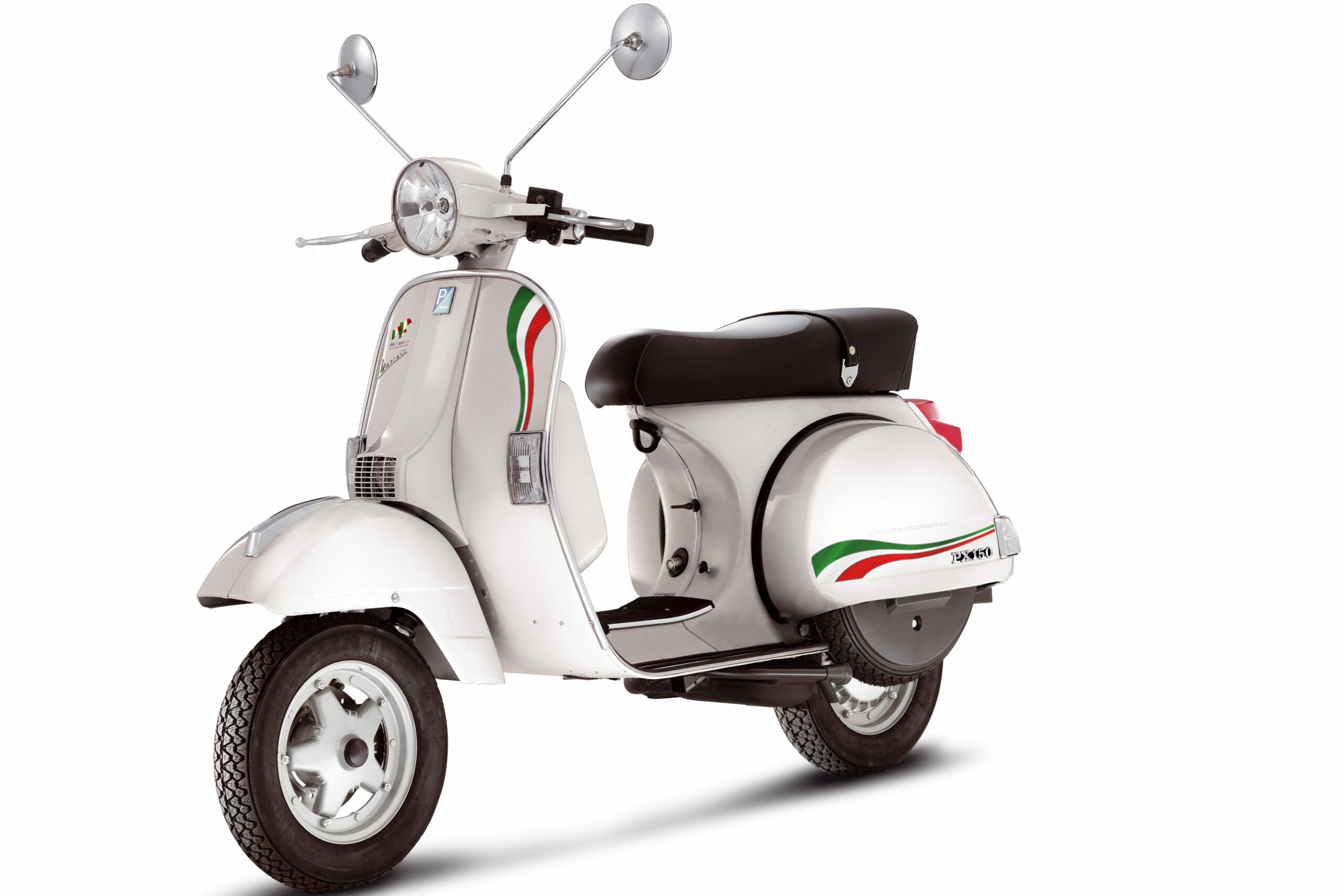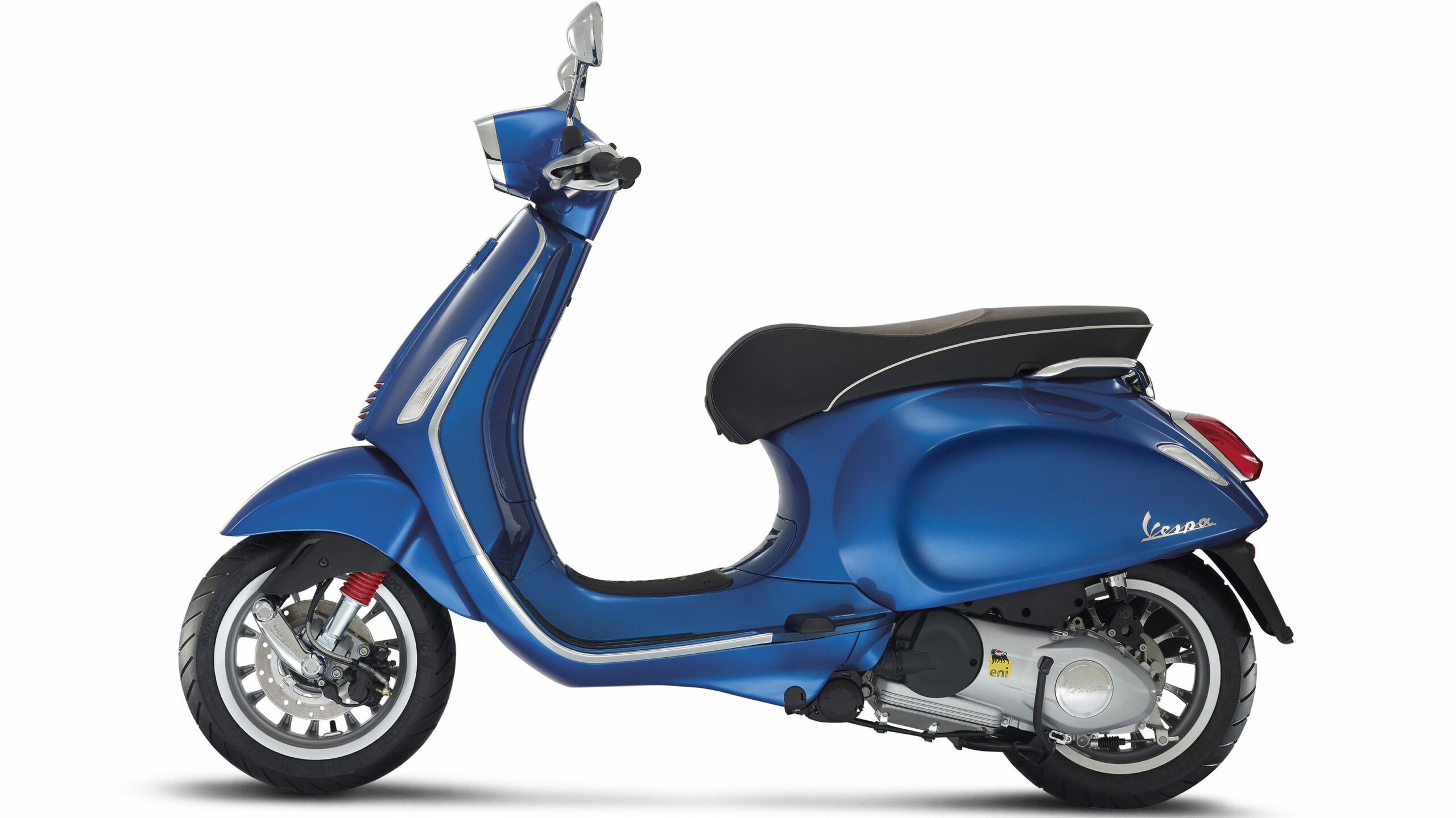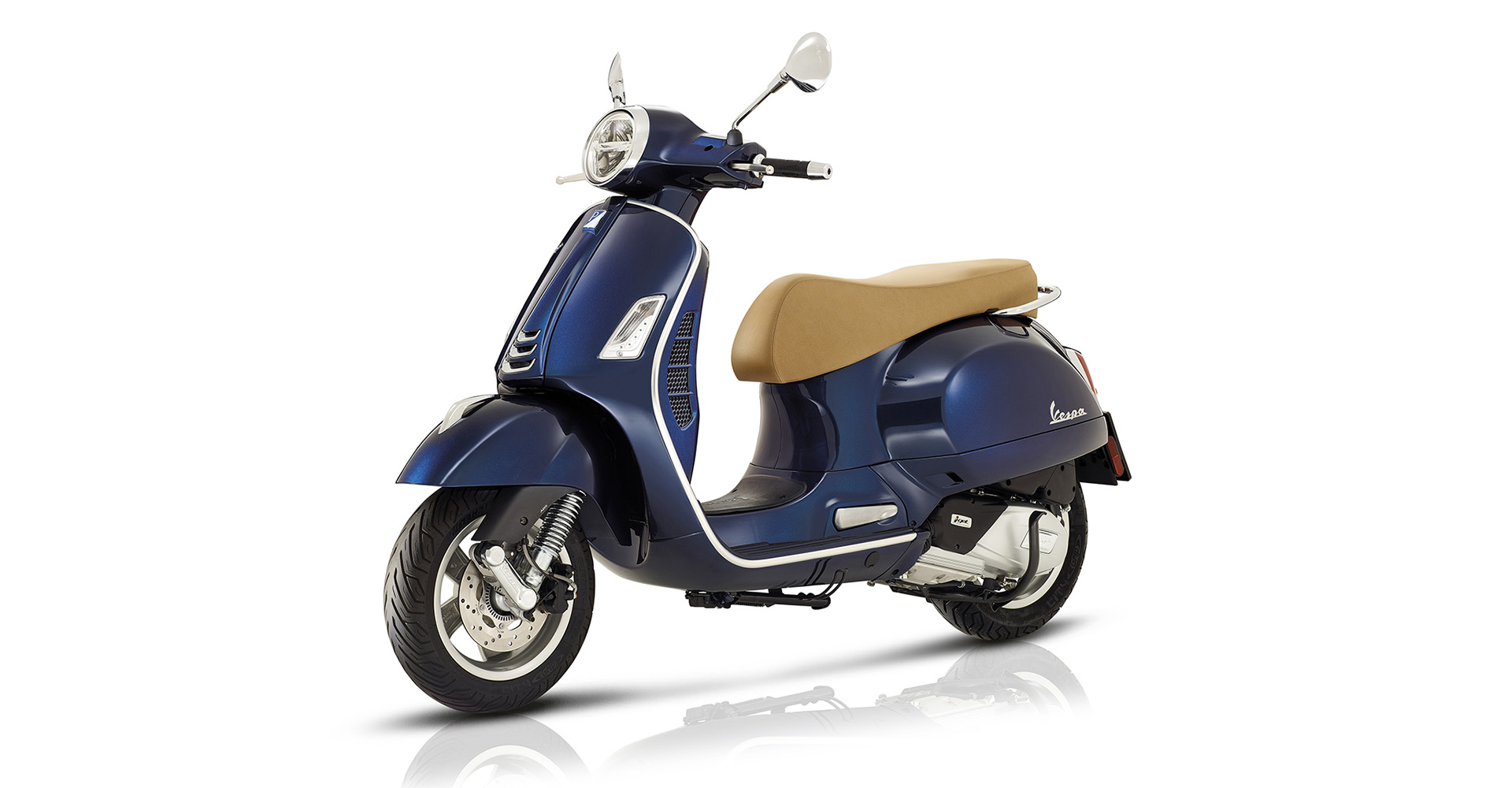The operation of conventional carburetors is well tried and tested over decades. Nevertheless, carburetors are hardly ever installed in modern Vespa models and motorcycles in general. The fact that almost all new scooters do without carburetors is no coincidence. The advantages of current injection systems, which are installed across the board, are too great.
Initial considerations of a financial nature
The first direct injection system was developed in the early 1980s, and further development was based on it. The initial reason for the invention was as simple as it was comprehensible. Rising fuel costs were forcing people to save fuel. And on the other side of the coin, the automotive industry was forced to build more fuel-efficient cars. Little by little, the fuel injection system became established in motor vehicles, although this development initially bypassed two-wheelers. It was not until the 1990s that the installation of carburetors in the two-wheeler sector was abandoned on a larger scale in favor of fuel injectors.
The first direct injection system was developed in the early 1980s, and further development was based on it. The initial reason for the invention was as simple as it was comprehensible. Rising fuel costs were forcing people to save fuel. And on the other side of the coin, the automotive industry was forced to build more fuel-efficient cars. Little by little, the fuel injection system became established in motor vehicles, although this development initially bypassed two-wheelers. It was not until the 1990s that the installation of carburetors in the two-wheeler sector was abandoned on a larger scale in favor of fuel injectors.

The road to electric injection systems
While older Vespa riders still grew up with classic carburetors, which provided the gasoline-air mixture, the younger generation has grown up with electric systems. The advantage of this is on the one hand the very durable construction. In addition -as already mentioned above- a significant saving in fuel consumption can be felt. Sensitive measuring devices integrated in the engine control the supply of fuel precisely and variably, so that fuel is only injected when it is really necessary. This leads to a significant increase in power and a continuous pull of the engine, which can also work without problems in mountainous terrain, as the reaction time for load and speed changes is significantly faster. The only significant disadvantage is the significantly higher purchase price. Increased design effort and a more complex technical design lead to high costs.

Electronic fuel injection, or EFI for short, which is derived from “electronic fuel injection” and means electrically controlled fuel injection, is currently the measure of all things.
Heart and function of the EFI
The way it works is somewhat more complex than with the conventional carburetor. Firstly, an engine temperature sensor transmits the corresponding temperature of the engine to the control unit, which means that injection is higher when the engine is cold than when it is warm. With carburetors, this was controlled manually by choke, which only roughly achieved the intended purpose. In addition, lambda sensors were developed for the electronic control of modern combustion engines. These measure for the injection control unit whether the correct amount of fuel has been injected or whether the engine is running too rich or too lean. For this purpose, the residual oxygen in the burned air is measured in the area of the exhaust or exhaust system.
This is a brief and simplified description of how it works. All in all, the injection system is “only” a further development of carburetors, which is why both systems have clear parallels.

Especially the precise control system, which is the heart of the electronic injection system, so to speak, can save immissions. Tuning engines with electronic injection is also basically easier. Die-hard Vespatunians may protest against this statement, but all that is needed to tune an electronic control system is a laptop. In contrast, a carburetor requires new carburetor jets and countless measurement runs, followed by unscrewing the spark plug. Even if this real manual work is of course part of the job for passionate screwdrivers, the many hours could be saved. The “ear” or “feel” required in earlier decades to determine whether an engine is running too rich or too lean is now more than reliably taken over by the lambda sensor.
Basically, it is the same in this area as so often with our Vespas: It is not a question of which system is better. That answer has already been answered by development and science anyway. Instead, it is also about coexistence and cooperation. Vespa riders are united by the joy of riding a piece of Italian joie de vivre on two wheels, regardless of whether a fuel injection system or a carburetor is installed.



